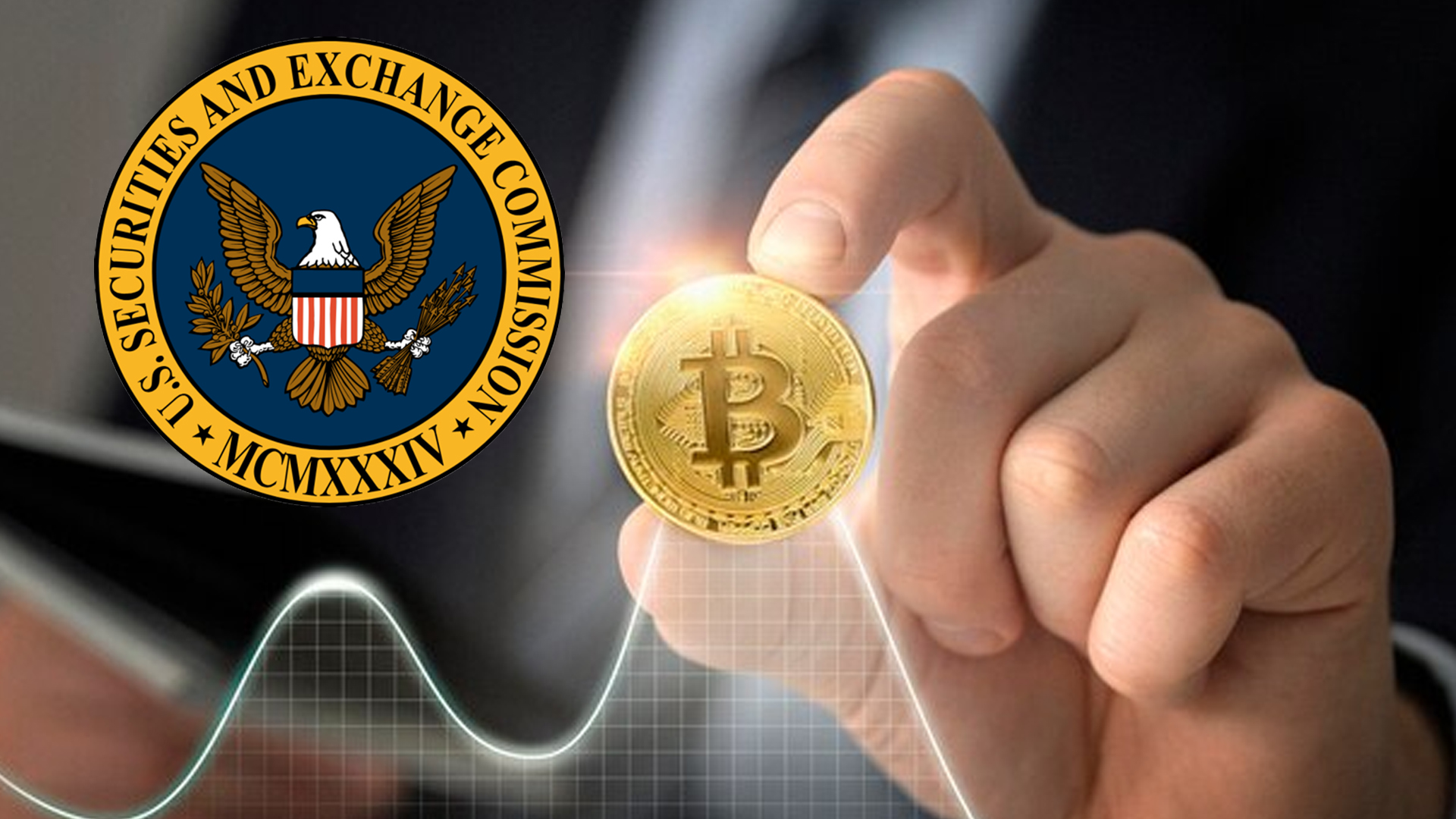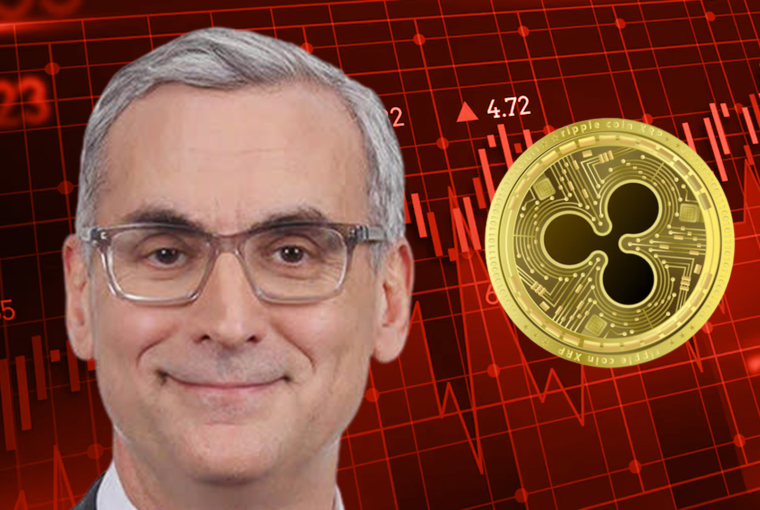- Fiat Money and Cryptocurrency are two different forms of digital currency.
- These currencies are not in the form of physical notes or coins; they also do not have a central issuing authority like a central bank.
We all know that money always acts as a medium of exchange, stores value, etc. Cryptocurrency and Fiat Money both hold value in their own right but are always different from each other. The value of any currency is always based on the user’s trust.
What is Cryptocurrency?
Cryptocurrency, sometimes called crypto, is a form of digital currency, or we can say the currency that does not exist in its physical form. It has a virtual presence.
Based on blockchain technology, many currencies are now decentralised networks. Now, blockchain is nothing but a database, or we can say a record-keeping technology. These blockchains track the existence of cryptocurrencies. Crypto is both legal and secure. You should also know that each blockchain has its own hash, a maths function made of letters and numbers.
What is Fiat Money?
A government-issued currency, Fiat money is not backed by a commodity such as gold. The central bank gets more control over the economy just because of fiat money. The value of any fiat currency is derived from the relationship between demand and supply and the issuing government’s stability.
Also, fiat currencies are considered the most modern paper currencies, which include the US Dollar, the euro, and other major global currencies. Fiat came from the Latin word ‘it shall be,’ or we can say ‘let it be done’.
Also, before launching the fiat money, the government would mint coins out of a very valuable physical commodity. This money is inconvertible and cannot be simplu redeemed.
Cryptocurrency vs. Fiat Money
We all know that the world is shifting towards a cashless society, and the payment system around us is also transforming into a digital economy. In the current scenario, only a very small percentage of global money is expressed as physical forms of currency, with the maximum amount of money being exchanged electronically via online payment apps and many other options.
Moving towards understanding the difference between Fiat money and cryptocurrency, the first difference between the two is that fiat money transactions can be very easily monitored and recognized, but on the other hand, this is not possible in cryptocurrency. Cryptocurrency is riskier as compared to fiat money. Fiat money is safe as the government always backs it, and the money transfer can be tracked.
Fiat money has a very limitless supply, where there is no limit to supply, whereas cryptocurrencies always have a limited supply, which means that only a decided number of coins will be accessible. We all know that cryptocurrencies are a form of digital asset that governments never regulate, but governments can regulate fiat money on either side and issue policies.
The flat currency of fiat money is a dollar, rupee, euro, and pound, whereas the cryptocurrency has Bitcoin, Litecoin, Ethereum, and many more.
Coins, Notes, and Bills always represent fiat money, and private and public pieces of code represent cryptocurrencies.
What are the similarities between Cryptocurrencies and Fiat Money?
Most of us know that both of these forms of currency derive their value largely worldwide. Also, more credibility means more acceptance. These currencies can also be divisible; a rupee can be divided into 100 paise. Similarly, 1 Bitcoin can be divided into as little as 0.00000001 BTC. Cryptocurrency can also be used to pay for services, just like Fiat Money.
Conclusion
Cryptocurrency and fiat money are two distinct forms of digital currency, each with its own features and characteristics. Cryptocurrencies, based on blockchain technology, operate on decentralised networks, while fiat money is government-issued and regulated. Both currencies have value based on trust, and as the world moves towards digital transactions, understanding their differences and similarities becomes increasingly important.


